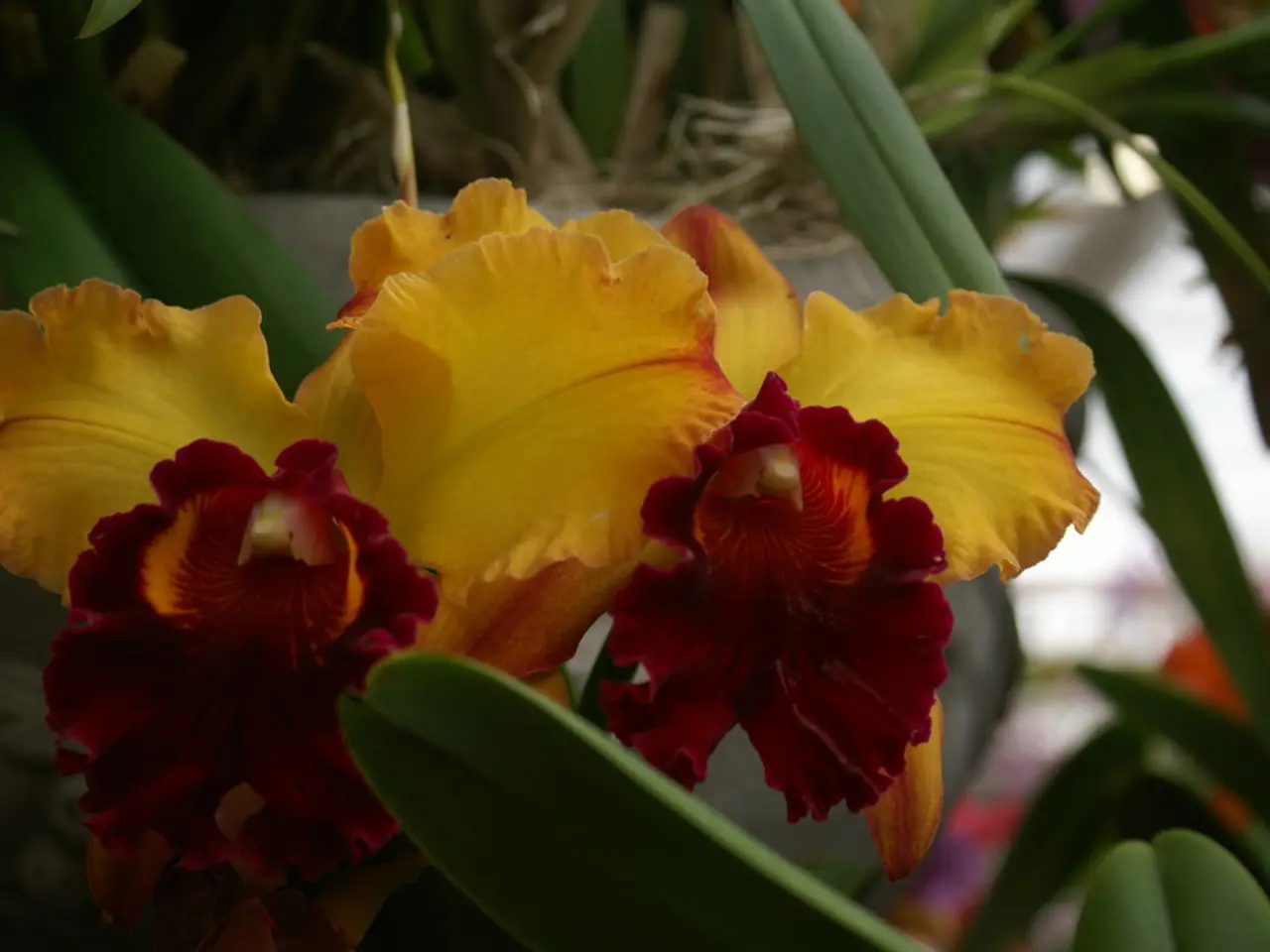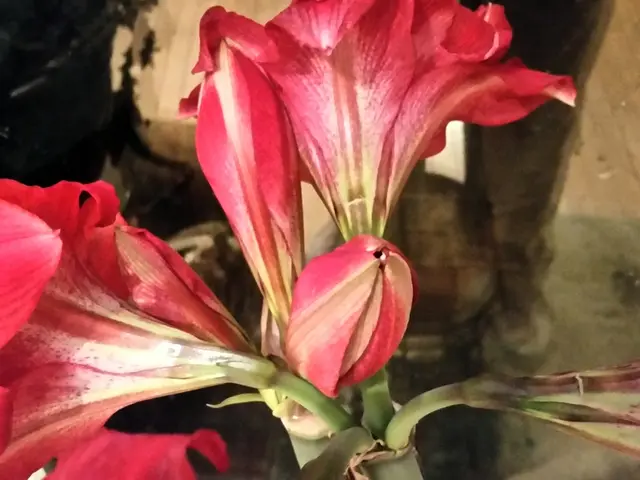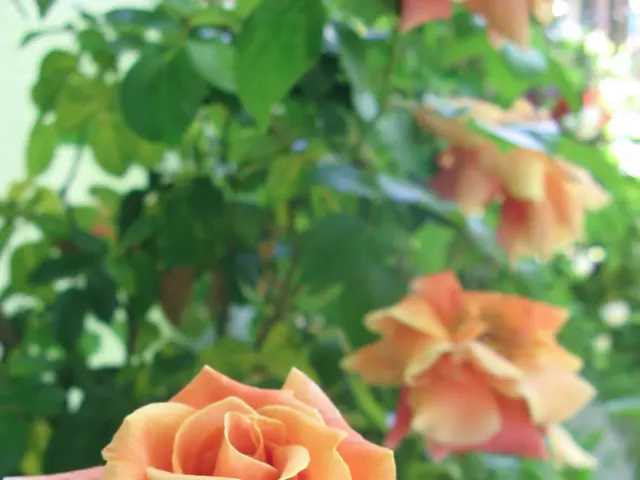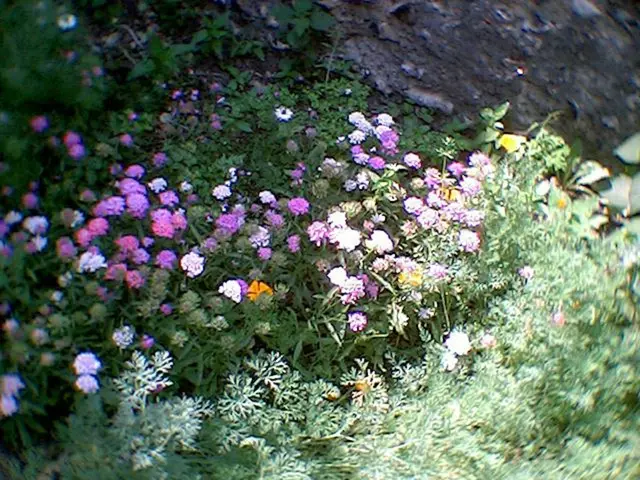Strategizing Planting Time for Vibrant, Colorful Garden Borders: Expert Advice on Setting Annual Flowering Plants for an Optimal Start
Roasting Through Summer Blooms: Master the Art of Annual Flowering Planting
Wanna know the secret to a poppin' garden bed? It's all about plantin' annual flowering plants at the right time! If you're new to the flower game, don't sweat it — we got you! Here's a lowdown on when, where, and how to plant those colorful buddies, whether you're aimin' for shady corners or full-sun spots.
It's true, annuals can be a garden's best friend — they're easy on the eyes, quick to bloom, and there's a variety for almost every abode! But remember, these little dynamos don't take kindly to cold temps, so follow these pointers to give 'em the ideal bloomin' schedule.
"Beddin' plants are an effortless and beautiful way to infuse some colorns, interest, and life into your garden," shares Morris Hankinson, founder of Hopes Grove Nurseries. But remember, these Goldilocks-style plants require just the right timing to thrive.
Plant 'em too early, and a nippy spell could zap your hard work; plant 'em too late, and you risk missin' the wow-factor window. So, let's get this party started!
Summer Blooms: Party Start Time
Not sure when to plant? Worry not — it depends on the plants you've got your eye on!
In the UK, prepare for plantin' out summer annual bloomers after the final frost, usually 'round late May to early June, depending on your location. Plants like petunias, calibrachoas, lobelias, and surfinias aren't frost-friendly, so keep 'em cozy in pots, containers, and hanging baskets during late April until the weather warms up.[1] A greenhouse makes an excellent hangout spot, just sayin'.
Some plants are slowpokes, so start 'em undercover first, then give 'em time to toughen up before transplantin' 'em into their final growin' spot.
For those residing south of the UK, shimmy into action by mid-May, while northern or exposed areas might hang on until early June, once the risk of frost has passed entirely. The key is to ensure those beddin' plants can live it up in warmth, far from frosty fingers.
High Autumn and Winter Cuddles
Ready to brave the chill? It's time to focus on autumn and winter annuals, like pansies, violas, and wallflowers!
Just like lovely summer bloomers, these hardy babies need smart timing and proper care to blossom. Plant 'em out in September to October, when they can establish themselves before the cold season sets in.
Plugged In and Ready to Grow
Growin' your annuals from seeds or plugs? Then the game changes a teensy bit! Get 'em started indoors or in a greenhouse in the early spring and, after a week or two of adjustin' to the light, let 'em harden off before plantin' out. A gradual acclimatization to outdoor conditions is crucial to help 'em survive and thrive.
Cold Warning: When the Mercury Drops
Ice, ice baby! Annual flowerin' plants can be too cold for comfort, especially if frost strikes or temperatures hover around freezing. Fear not! Our mates from Hopes Grove Nurseries offer a lifeline for those prematurely planted annuals.
If you just couldn't resist the temptation to start plantin' early, keep a close eye on the weather. If frost threatens, either hoist those tender babies undercover, or cover 'em with horticultural fleece to keep 'em cozy and warm.
So, grab your garden gloves, and get ready to transform your outdoor spaces! And remember, whether you're team petunia, calibrachoa, wallflower, or geranium, there's a beautiful annual flowerin' plant just waitin' for a spot in your garden. Happy plantin'!
Bonus: Want more gardenin' tips and tricks? Gardenology is your one-stop source for green thumbs!
- To ensure a successful bloom for summer annuals like petunias, calibrachoas, lobelias, and surfinias, it's recommended to plant them after the last frost, typically in late May to early June in the UK, while gardeners in warmer regions can start as early as mid-May.
- For a vibrant autumn and winter garden, pansies, violas, and wallflowers should be planted in September to October to allow them to establish before the colder season arrives.








